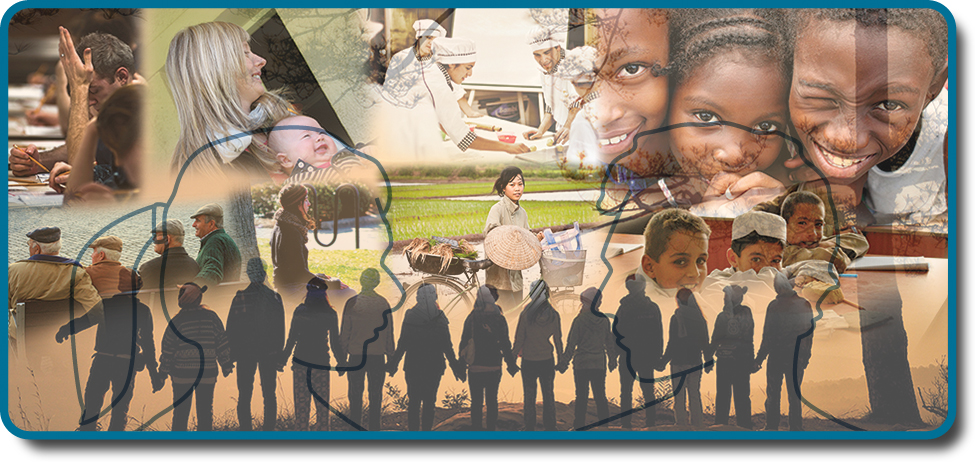2.2: Introduction to Psychology
- Page ID
- 82825

Clive Wearing is an accomplished musician who lost his ability to form new memories when he became sick at the age of 46. While he can remember how to play the piano perfectly, he cannot remember what he ate for breakfast just an hour ago (Sacks, 2007). James Wannerton experiences a taste sensation that is associated with the sound of words. His former girlfriend’s name tastes like rhubarb (Mundasad, 2013). John Nash is a brilliant mathematician and Nobel Prize winner. However, while he was a professor at MIT, he would tell people that the New York Times contained coded messages from extraterrestrial beings that were intended for him. He also began to hear voices and became suspicious of the people around him. Soon thereafter, Nash was diagnosed with schizophrenia and admitted to a state-run mental institution (O’Connor & Robertson, 2002). Nash was the subject of the 2001 movie “A Beautiful Mind.” Why did these people have these experiences? How does the human brain work? And what is the connection between the brain’s internal processes and people’s external behaviors? This textbook will introduce you to various ways that the field of psychology has explored these questions.
This chapter will introduce you to what psychology is and what psychologists do. A brief history of the discipline will be followed by a consideration of major subdivisions that exist within modern psychology. The chapter will close by exploring many of the career options available for students of psychology.
- Introduction to Psychology. Provided by: OpenStax CNX. Located at: https://cnx.org/contents/Sr8Ev5Og@4.100:6HoLG-TA@3/Introduction. License: CC BY-SA: Attribution-ShareAlike

